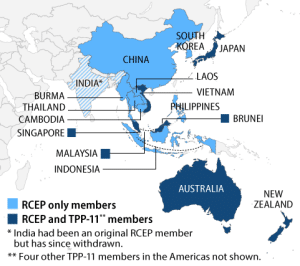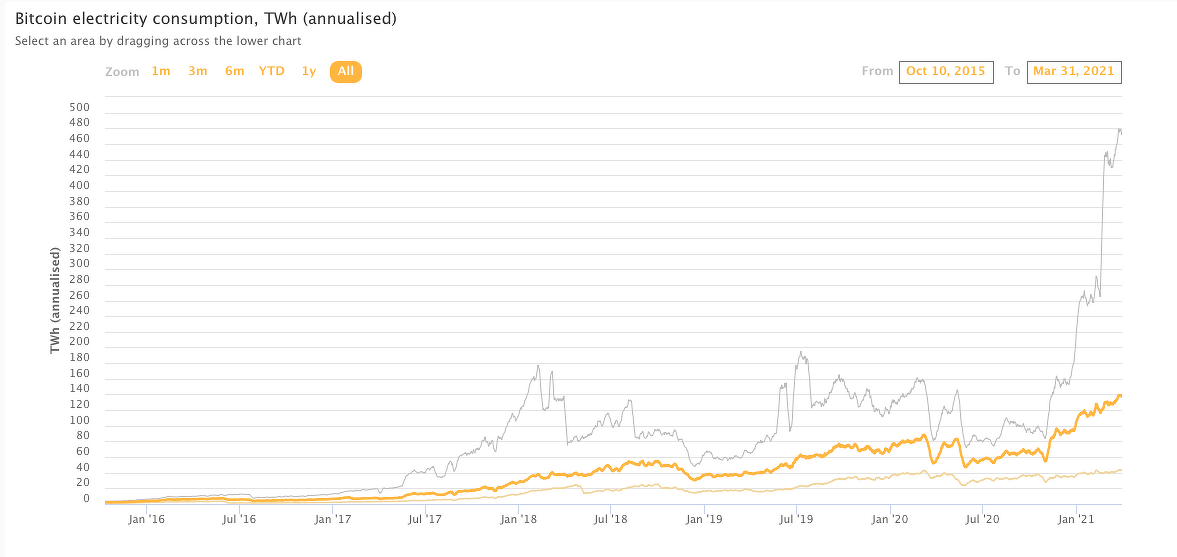China and fourteen other Asia-Pacific countries have signed the world’s largest free trade deal — which analysts are now calling a coup for China in extending its influence. The members of this trade deal make-up nearly one-third of the world’s population and account for 30 percent of the global GDP.
The Regional Comprehensive Economic Partnership (RCEP) was signed via a virtual platform this weekend. This deal includes 10 Southeast Asian economies along with China, Japan, South Korea, New Zealand, and Australia.
Initially proposed in 2012, the deal set in motion at the end of the Southeast Asian summit, as leaders looked to put their pandemic-hit economies back on track.
“Under the current global circumstances, this trade deal brings a ray of light and hope amid the clouds,” remarked Chinese Premier Li Keqiang regarding the deal.
It clearly shows that multilateralism is the right way, and represents the right direction of the global economy and humanity’s progress.
RCEP | What it will do for other Asian countries in the region
The Regional Comprehensive Economic Partnership aims to eliminate a wide range of tariffs on imports within two decades. This also includes a provisional impact on intellectual property, telecom, financial services, e-commerce, and other professional services.
The new free-trade zone brings a larger trading platform than both the US-Mexico-Canada Agreement and the European Union. India pulled out of the negotiations last year over concerns that lower tariffs could hurt local producers.
According to reports, RCEP’s new ‘rules of origin’ will have an immediate and tremendous impact.
Currently, many member states have free trade agreements (FTAs) in the region with each other, but limitations impede trade progress. Existing FTAs can be very complicated to use compared to RCEP, stated Asian Trade Centre.
Businesses with global supply chains might face tariffs even within an FTA. That is primarily due to its products containing components manufactured elsewhere. For example, a product made in Indonesia that contains Australian parts might face tariffs elsewhere in the new trade zone.
Under RCEP, all member countries will trade on equal terms. This would give RCEP-established companies an incentive to look for suppliers within the trade region.

Twelve countries previously signed a Trans-Pacific Partnership (TPP) led by the Obama administration in 2016. It was a proposed deal that excluded China but included many Asian countries. However, U.S. President Trump withdrew in 2017, therefore creating a rift for the next three years.
RCEP brings together countries that have had unstable diplomatic relationships, notably China and Japan.
Both China and Australia will sign the deal despite reports that China might boycott some Australian import costs due to a variety of political differences.
The deal is also seen as a way for China to draft the rules of trade in the region, after years of U.S. retreat under President Donald Trump which have seen Washington pull out of a trade pact of its own, the Trans-Pacific Partnership (TPP).
International trade did not make any waves in the 2020 U.S. elections, and President-elect Biden has not said anything substantial regarding trade policies. We would have to wait until January 2021 to see if the U.S. would consider re-entering the region.
As of today, the trade deal excludes the U.S., which withdrew from a rival Asia-Pacific trade pact in 2017.
The post China Signs The World’s Largest Free Trade Deal With 14 Other Countries appeared first on .

